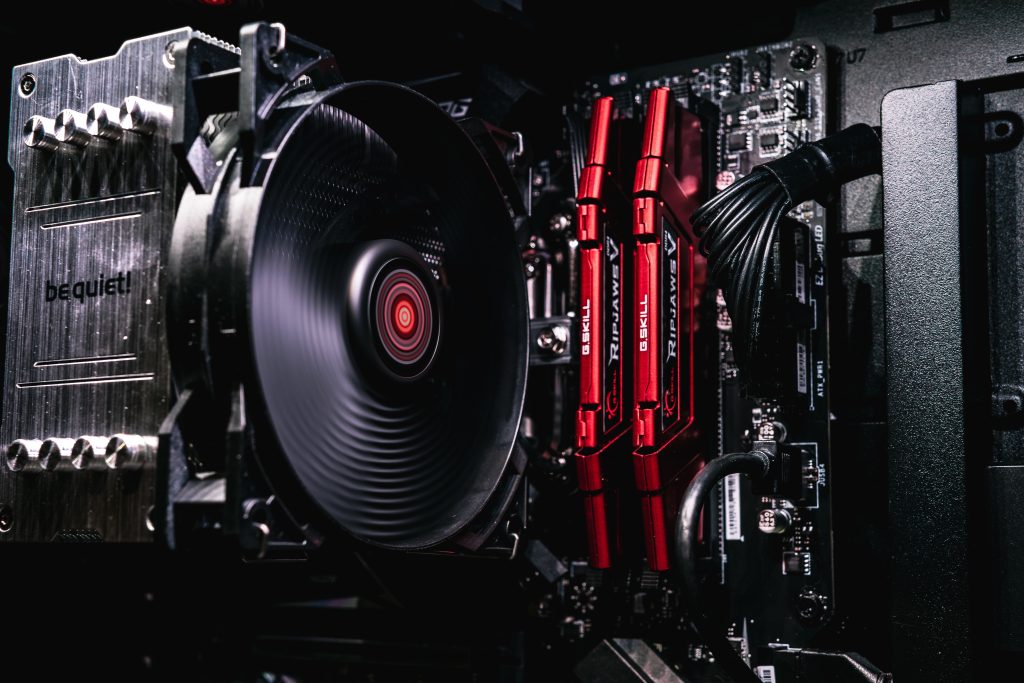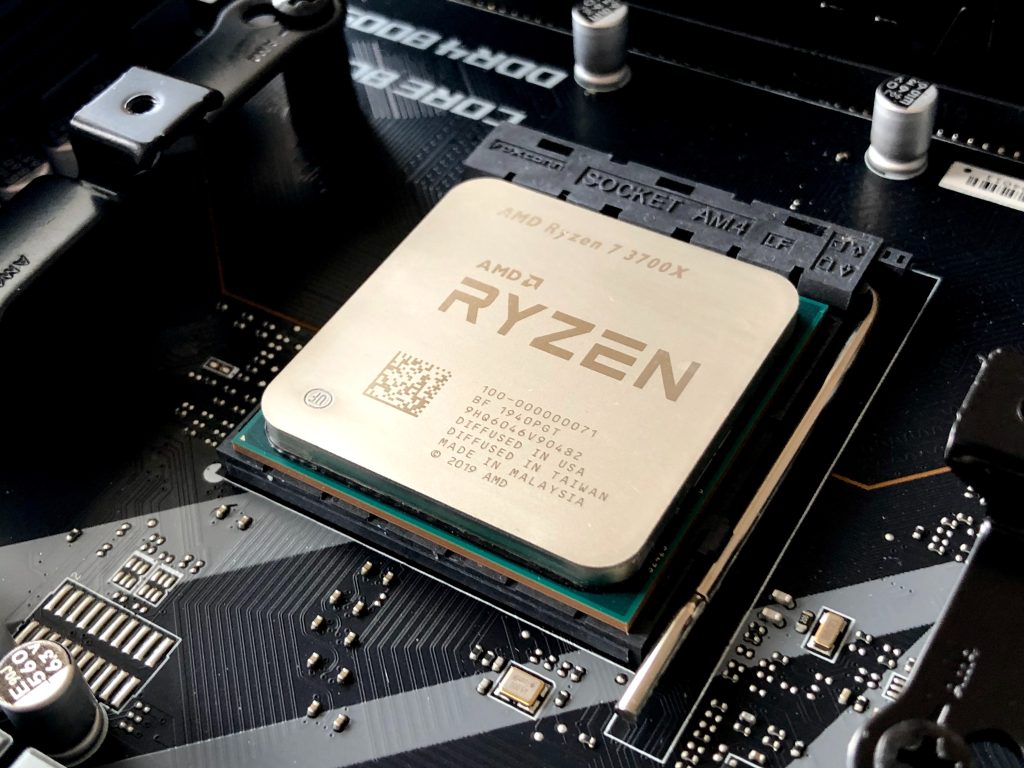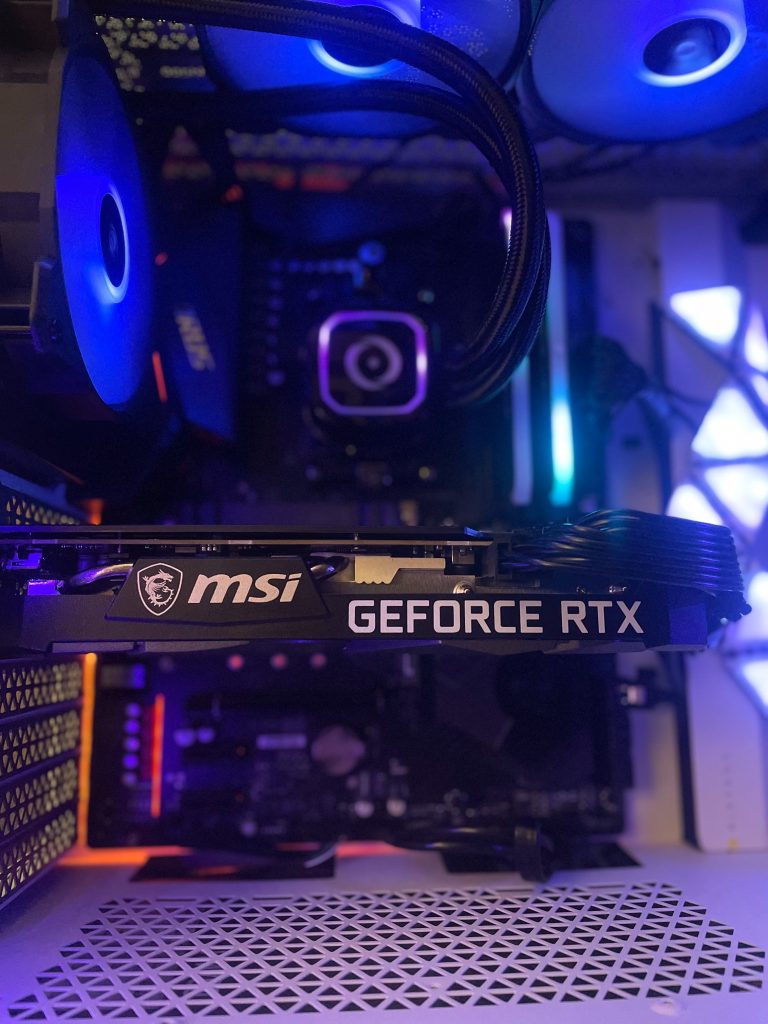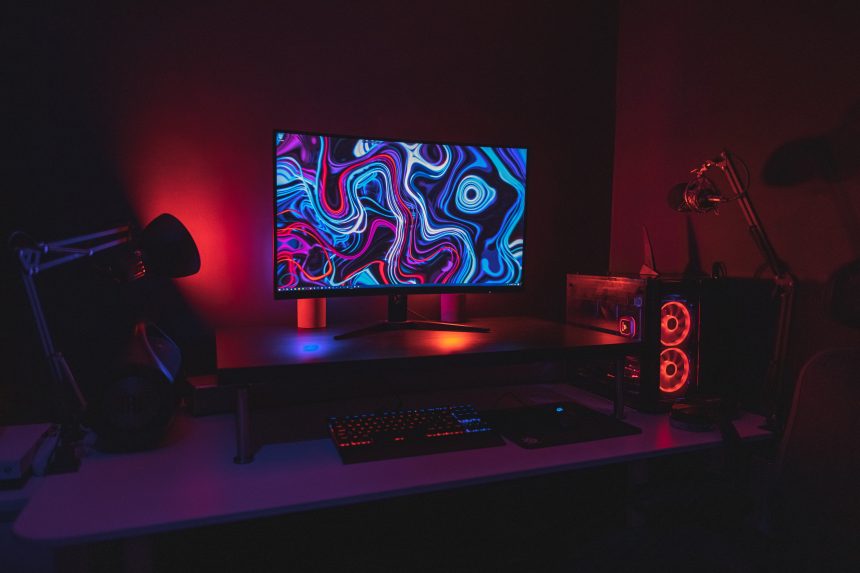As we hurtle further into the digital age, the quest for ever-improving PC performance has become a relentless pursuit. With new game releases and demanding software pushing the limits of our hardware, understanding and mitigating bottlenecks has never been more crucial. Enter the PC bottleneck calculator – a powerful tool that promises to demystify the complex interplay between CPU, GPU, RAM, and storage in 2024. In this article, we’ll explore how this cutting-edge technology can help you optimize your system’s performance, avoid costly upgrades, and maximize your computing experience.
Importance of PC Bottleneck Calculator
The importance of using a PC bottleneck calculator in 2024 cannot be overstated, especially as technology continues to advance at a rapid pace. With the ever-growing complexity and power of modern computing systems, it has become increasingly challenging for users to ensure that their system components are operating at optimal performance levels. A bottleneck calculator provides an invaluable tool for identifying potential constraints within a system, allowing users to make informed decisions when upgrading or building a new PC.
In today’s fast-paced world of gaming and professional computing, it is crucial to avoid bottlenecks that can hinder the overall performance of a PC. By leveraging a bottleneck calculator, users can accurately assess how different hardware components interact with each other, helping them achieve the ideal balance between CPU, GPU, RAM, and other vital elements. Additionally, by understanding potential bottlenecks in advance, individuals can save time and money by investing in the most suitable components for their specific needs. In summary, utilizing a PC bottleneck calculator is essential in optimizing one’s PC setup for maximum efficiency and performance in 2024.

Features and updates in 2024 version
The 2024 version of the PC Bottleneck Calculator comes with a host of exciting features and updates that are set to revolutionize the way users optimize their PC performance. One of the most noteworthy additions is the real-time bottleneck detection technology, allowing users to identify and address performance issues as they occur. This feature enables gamers, content creators, and professionals to fine-tune their system’s resources instantly, providing a seamless computing experience.
In addition to real-time bottleneck detection, the 2024 version also introduces advanced compatibility recommendations based on user-specific workloads and usage patterns. This personalized approach helps users make informed decisions when upgrading or building a new system, ensuring optimum performance for their specific needs. Furthermore, the updated database now includes a broader range of hardware components, offering more accurate predictions and insights into potential bottlenecks.
Overall, the 2024 version brings an array of powerful tools and enhancements that cater to both novice and advanced users alike. With its intuitive interface and cutting-edge capabilities, this iteration sets a new standard for PC optimization tools in the ever-evolving tech landscape.
Step-by-step guide to using the calculator
When it comes to using the PC bottleneck calculator, it’s essential to follow a systematic approach to get accurate results. First, start by gathering all the relevant information about your PC components, such as CPU model, GPU model, RAM capacity, and storage type. Once you have this data at hand, head over to the bottleneck calculator tool and input each component’s details.
Next, carefully review the outputs provided by the bottleneck calculator. Pay close attention to any potential bottlenecks or performance limitations that may arise from certain combinations of hardware. This step is crucial in helping users make informed decisions when upgrading or building a new PC system. Lastly, take note of the recommendations offered by the calculator regarding possible upgrades or optimizations for achieving optimal system performance.
By following this step-by-step guide and understanding how to interpret the results obtained from the PC bottleneck calculator, users can effectively optimize their PC setups for smooth and efficient performance in 2024 and beyond. Ultimately, having a clear understanding of potential bottlenecks can empower users to make informed choices and maximize their computing experience.

Tips for optimizing your PC performance
One of the key factors in ensuring that your PC runs at its best is optimizing its performance. To achieve this, consider upgrading your hardware—such as adding more RAM or upgrading to a faster solid-state drive—to keep up with the demands of modern software and applications. Additionally, regularly cleaning out temporary files, uninstalling unnecessary programs, and updating device drivers can significantly boost your PC’s speed and responsiveness.
Another often overlooked aspect is managing startup programs. Many applications automatically launch when you start your PC, which can slow down your system’s boot time and overall performance. By disabling unnecessary startup programs, you can expedite the boot process and free up resources for other tasks. Lastly, monitoring CPU usage to identify resource-hungry processes can help pinpoint performance bottlenecks so that you can address them effectively.
By incorporating these tips into your PC maintenance routine, you can optimize its performance and extend its lifespan while enjoying a smoother computing experience. Taking proactive steps to ensure your PC operates at peak efficiency will not only save you time but also enhance productivity in various tasks—from gaming to everyday multitasking.
Future trends in PC bottleneck analysis
In the ever-evolving landscape of PC technology, bottleneck analysis continues to be a crucial aspect of achieving optimal performance. Looking towards the future, we can anticipate significant advancements in bottleneck analysis tools and methodologies. With AI and machine learning algorithms becoming more sophisticated, we can expect bottleneck calculators to offer more precise and personalized insights. This could mean tailored recommendations for specific hardware upgrades or even real-time adjustments to enhance system performance.
Moreover, as PC components become increasingly interconnected and dependent on each other, future bottleneck analysis may encompass a broader spectrum of factors beyond just CPU-GPU relationships. Memory bandwidth, storage speed, and even network latency could all play a more prominent role in bottleneck assessments. Additionally, with the rise of cloud gaming and remote work scenarios, bottleneck analysis tools may need to adapt to evaluate not only local hardware but also external dependencies on internet connectivity and server performance. All in all, as technology continues to advance at a rapid pace, the future of PC bottleneck analysis is poised to be dynamic and multifaceted.

Conclusion: Embracing efficiency with PC bottleneck tools
In conclusion, embracing efficiency with PC bottleneck tools is essential for optimizing performance and getting the most out of your hardware. With the rapid advancements in technology and the increasing demands of modern applications, it’s crucial to identify and address any bottlenecks that may be hindering your system’s capabilities. By utilizing PC bottleneck calculators and other diagnostic tools, users can proactively identify potential performance issues and take targeted actions to alleviate them.
One important insight to consider is that embracing efficiency with PC bottleneck tools isn’t just about improving gaming performance; it also has broader implications for productivity and everyday computer usage. By understanding how different components interact within a system, users can make informed decisions about hardware upgrades or optimizations to ensure smooth and efficient operation across all tasks. Ultimately, by taking advantage of these tools, users can unlock the full potential of their systems and enjoy a seamless computing experience in 2024 and beyond.







